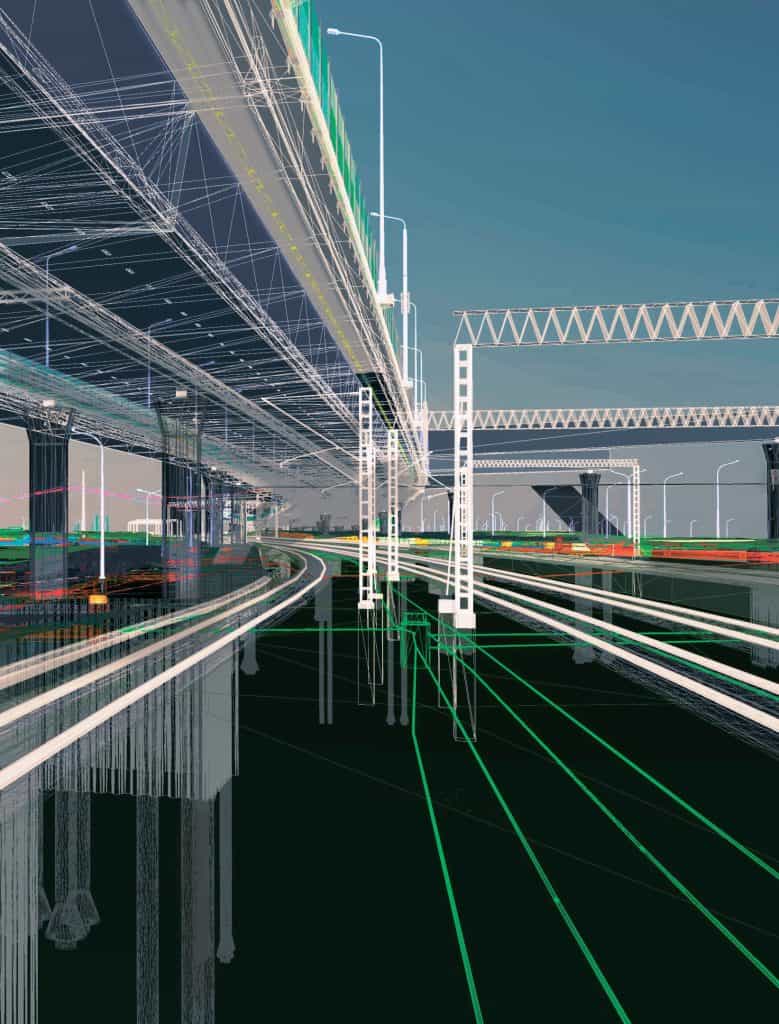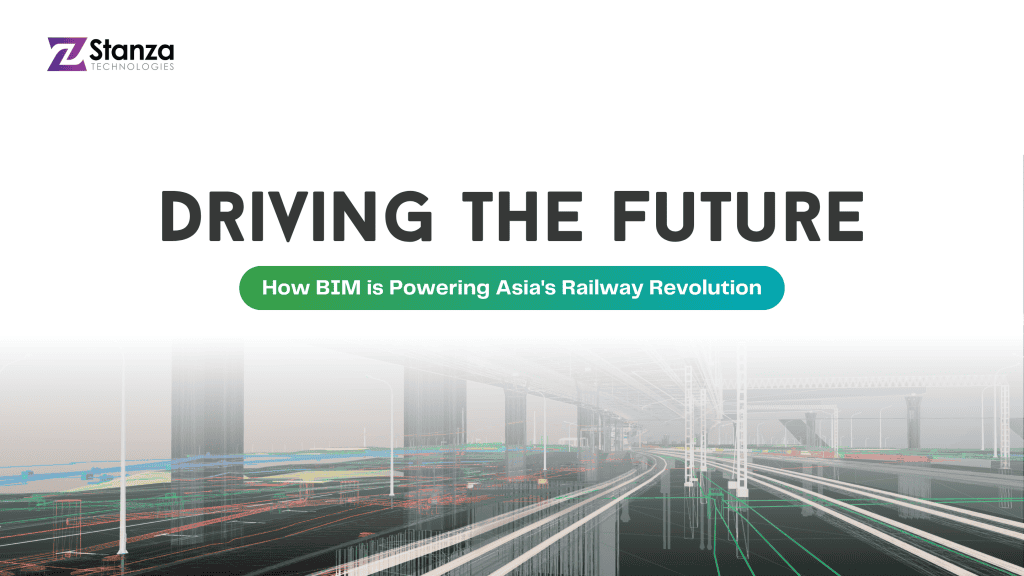Economic growth is based on efficient transportation, and many governments in Asia have made building high-speed rail, metro systems, and subways a top priority. By easing traffic, enhancing connectivity, and encouraging urban growth, these initiatives seek to make cities more sustainable and livable. There has never been a greater need for quick, dependable, and effective public transportation as cities get denser and populations rise.
Asiatic nations have recognized the importance of implementing Building Information Modeling (BIM) in railway infrastructure projects. Its role in enhancing productivity, reducing costs, and ensuring seamless operation is crucial in these large-scale projects. In several countries, including China, Japan, Singapore, and Malaysia, where digital construction techniques are integrated into national regulations to enhance project delivery, BIM has become a standard requirement.
To ensure that designs are optimized before construction, Singapore, for example, has mandated the use of BIM for all public infrastructure projects, including its MRT expansions. The first company in Asia to obtain BIM Level 2 accreditation is Malaysia’s Mass Rapid Transit Corporation (MRT Corp). This method has reduced mistakes and delays in railway construction by greatly enhancing teamwork, data management, and project visualization.
BIM has also been adopted by China, which boasts the world’s largest high-speed rail network, to expedite planning and construction. With thousands of kilometers of railway under development, BIM enables the precise modeling, identification of conflicts, and real-time coordination, all of which help keep projects on track and within budget. Japan, renowned for its Shinkansen bullet trains, utilizes BIM to enhance operational and maintenance effectiveness, ensuring the long-term viability of its rail networks.

There are unmatched benefits to using BIM in railway projects. Before construction begins, engineers and planners can optimize designs, anticipate potential problems, and simulate construction scenarios by creating digital twins of the infrastructure. This speeds up project timelines, improves safety, and lowers expensive rework. BIM also facilitates collaboration among engineers, architects, and contractors across disciplines by providing a unified digital workspace.
Beyond building, BIM is essential for asset management and upkeep. To maintain the effectiveness of transportation systems for many years, rail operators can utilize BIM models to schedule repairs, monitor wear and tear, and enhance performance. By cutting waste and optimizing resource allocation, this data-driven strategy improves sustainability.
The requirement for BIM will continue to be a crucial factor in the success of Asia’s railway network expansion. Governments and business executives recognize that delivering high-quality, reasonably priced infrastructure that meets the demands of contemporary urbanization necessitates digital transformation. Countries can future-proof their transportation systems by adopting Building Information Modeling (BIM), ensuring that railroads remain secure, effective, and adaptable in response to evolving technological developments.










